Fascinating story of a village built for war heroes in Lancashire
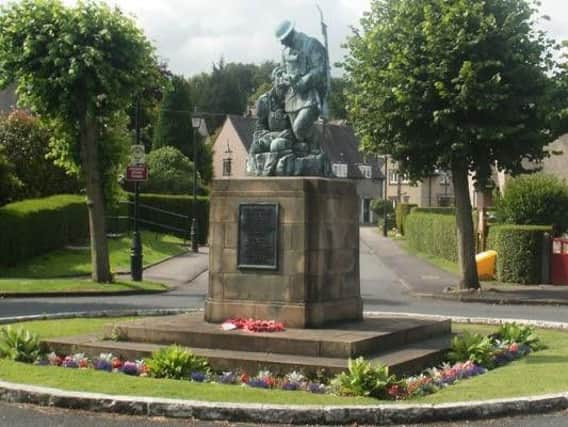

It is the centenary of Lancaster’s Westfield War Memorial Village, the settlement founded in 1919 to house disabled veterans of the First World War.
This anniversary also marks 100 years of continuous support to the armed forces community at the village. There are currently 91 properties at the village for disabled ex-service men and women, regular and national service personnel, reservists and their dependents.
Advertisement
Hide AdAdvertisement
Hide AdThe anniversary will be marked by the unveiling of a new plaque at the Village on May 29 by Her Royal Highness Princess Alexandra.
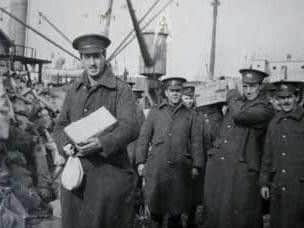

The plaque captures the plea of Herbert Lushington Storey in 1918: “Surely we can do something for those who have done so much.”
The plaque also takes the opportunity to recognise the role of individuals like Storey himself too, by acknowledging the role of philanthropy and charity in securing the welfare of the ex-service community.
The First World War was a turning point in the history of charitable voluntary activities: the number of charities doubled in the war with around 18,000 new charities founded. Many of these, like Westfield, had the goal of helping soldiers and their dependents.
Advertisement
Hide AdAdvertisement
Hide AdThe story of the village famously begins with both sorrow and gratitude. The landscape architect Thomas H Mawson lost his son James in the war. James’s last letter home had urged his family to do all they could to help the wounded. So his father developed the vision of housing settlements intended to be both practical and beautiful. The Victorian philantrophist Herbert Lushington Storey, whose immediate family survived the war, became Mawson’s collaborator. He gifted land and property, gave financial support and saw the project to fruition and beyond.
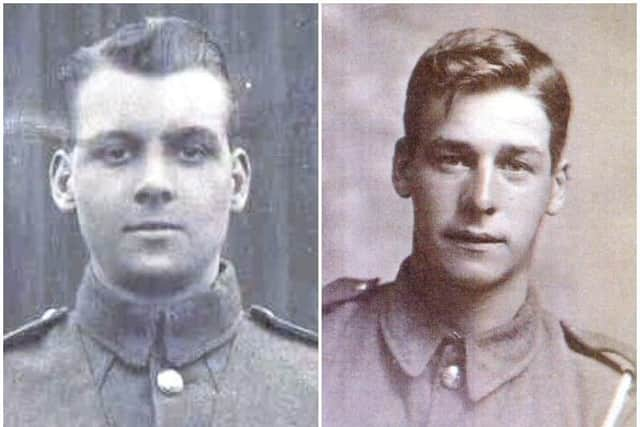

Serving as the first president of the village, he was the first member of the Storey family to offer his time and energies to secure its future, but not the last. The current president is Thomas G Bowring, the great grandson of Herbert Lushington Storey and the son of the late Mary Bowring (née Storey) whom he succeeded.
The Storey family gifted one property in gratitude for Kenneth’s safe return, and three more of the original 13 properties as acts of commemoration. Two more were to follow after the Second World War.
In 1919, each property cost around £500 to build –in today’s money more than £22,000 at very least. That figure explains why the cottages tended to be donated by organisations, or wealthy families or individuals, usually in memory of a lost loved one. The 1st Battalion of the King’s Own Regiment gifted Le Cateau, named after the Belgium town where the unit won its first battle honour in August 1914. After the Second World War, the King’s Own Royal Regiment donated all of its Second World War Memorial Fund (£3,127) to build further properties to honour its fallen.
Advertisement
Hide AdAdvertisement
Hide AdThe first two properties as you enter the village are named Morton and Leslie, names which do not allow you to guess the identity of the donor. They were in fact the result of an anonymous donation by Joseph Bibby, co-founder of the successful J Bibby and Sons. Joseph had lost two sons in the war, Charles Leslie Bibby (who died of wounds aged 24) and his brother Joseph Morton Bibby (who was killed in action aged 28).
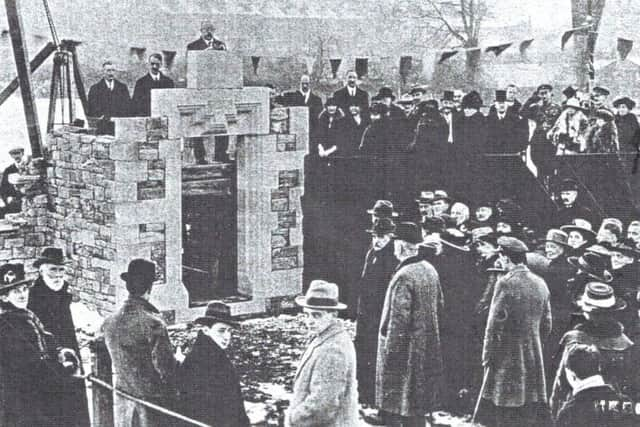

Donations could also be in kind: Commander and Mrs Morris donated a billiard table, bedding, lockers, chairs and books to furnish the hostel for single men. They too were commemorating the death of their son, Lt A G Morris, who had served with the King’s Own.
Similarly, after the Second World War, Lt Col Austin Townsend Porritt (a veteran of the First World War, and High Sheriff of the County of Lancaster in 1932) gave £1,000 in memory of his son, Capt Richard Whitaker Porritt. He was killed in May 1940 on the retreat to Dunkirk, the first British Member of Parliament to fall in the war. Lancaster remembers him in Porritt Avenue, while there is a Square du Capt Richard Porritt in Seclin, in Lille, France.
Lancastrians may well be familiar with Miss Whalley’s Field, located near Borrowdale Road. This field was the consequence of a bequest by Frances Geraldine Whalley who wished to donate land to benefit the children of Lancaster in memory of her father Col Joseph Lawson-Whalley, and her brother, Capt Julian Lawson-Whalley.
Advertisement
Hide AdAdvertisement
Hide AdMiss Whalley also gave a generous donation to Westfield War Memorial Village which contributed to the building of 12 new properties from the late 1940s into the early 1950s. Not all sizeable donations were tied to a particular property, however. In 1935, for example, a cheque for £3,000 was received from the executor of the will of a Mary Simpson.
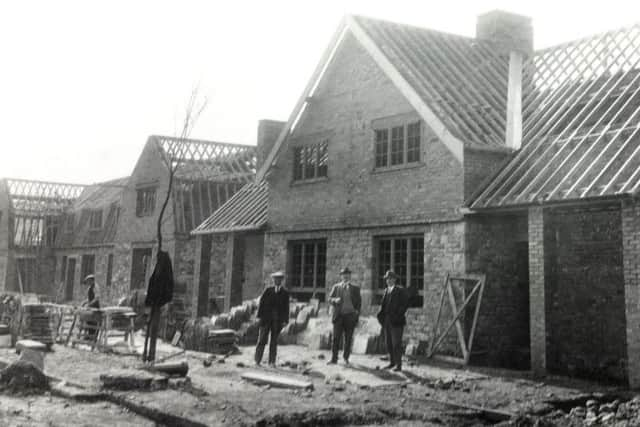

The money was used to pay off a loan and to bring electricity to every property on the village. Such large donations were beyond the reach of most people, however, as Hilda Leyel recognised.
A suffragist, actor and herbalist, Leyel created the ‘Golden Ballot’ to raise money for her chosen charities. Half of the proceeds of the second and final ballot (£20,000) were given to support Westfield.
This money paid for 21 properties on the village, as well as roads, drainage and ongoing investments. For the mere sum of 2/6 (just over £5 in today’s money) and by answering a question – identifying the 16 most popular first names of the time, for example – donors could win £2,500, or a tour around the world, a string of pearls or, as the sixth prize, three acres and a cow.
Advertisement
Hide AdAdvertisement
Hide AdLeyel Terrace at Westfield is the only recognition she has received in Britain for her extensive charitable work. She was summoned to court for running an illegal lottery, but won the case: henceforward, ballots held to support charitable causes were legal.
Leyel was not the only person with initiative: fund-raising for the village led possibly Lancaster’s first charity shop; there was a shop window dressing competition in 1922; a fund-raising bazaar by the Lancaster Ladies which raised enough money to build Alexandra; and a Variety Fête held by Lancaster Girls Grammar School in July 2019, which raised £80 and suggested the involvement of all ages in fund-raising.
There were also a host of other individuals who supported the ex-service community with ‘time, talent and treasure’ over the past 100 years. One notable one is the sculptor of the village monument.
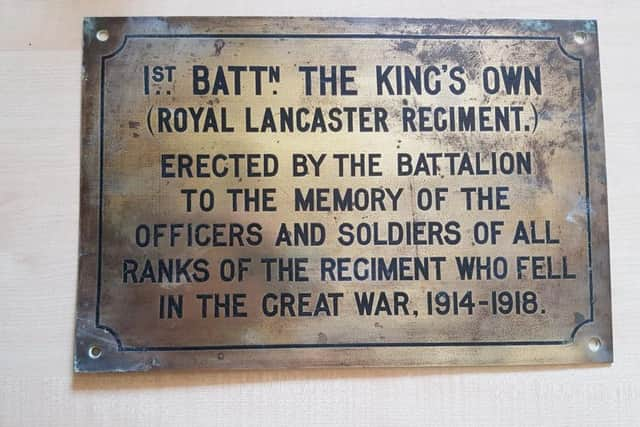

At the heart of the village is a statue of a soldier giving a wounded officer water from a flask, modelling loving assistance. It was sculpted by Jennifer Delahunt, an art teacher at the Lancaster Girls’ Grammar School, who had trained at the Manchester School of Art.
Advertisement
Hide AdAdvertisement
Hide AdBut most of the individuals who gave their time, talent or monies will never be known by name. They too, however, secured the survival of the village. Two of the many unsung women who gave so much of their time and support to the village to secure the welfare of the residents.
There were 14 women serving on the Council of the Village in its founding years. Alice Briggs was married to William Briggs, who served as the Mayor of Lancaster throughout the First World War, from 1913 to 1919. The local press repeatedly reported her many initiatives as Mayoress.
Anne Elizabeth Croft Helme, a suffragist who became Lancaster’s first female mayor in 1932, was passionate about health and education and during the war she had served as the secretary of a Central Committee of Ladies to coordinate relief work.
Many of the individuals commemorated in the new plaque at Westfield would never have expected any acknowledgement. The Village is a testament to human creativity, compassion and resilience. It offers a challenge to care for each other as relevant today as it was a hundred years ago.
* Dr Corinna Peniston-Bird is cultural historian at Lancaster University and has researched and is a co-author of Great War Britain: Lancaster, Remembering 1914-1918.